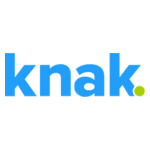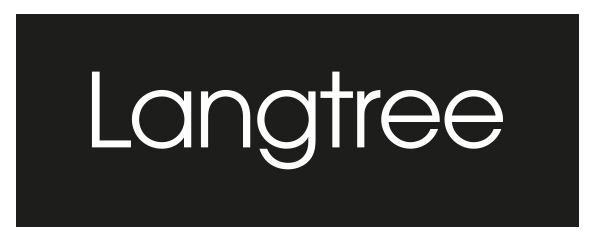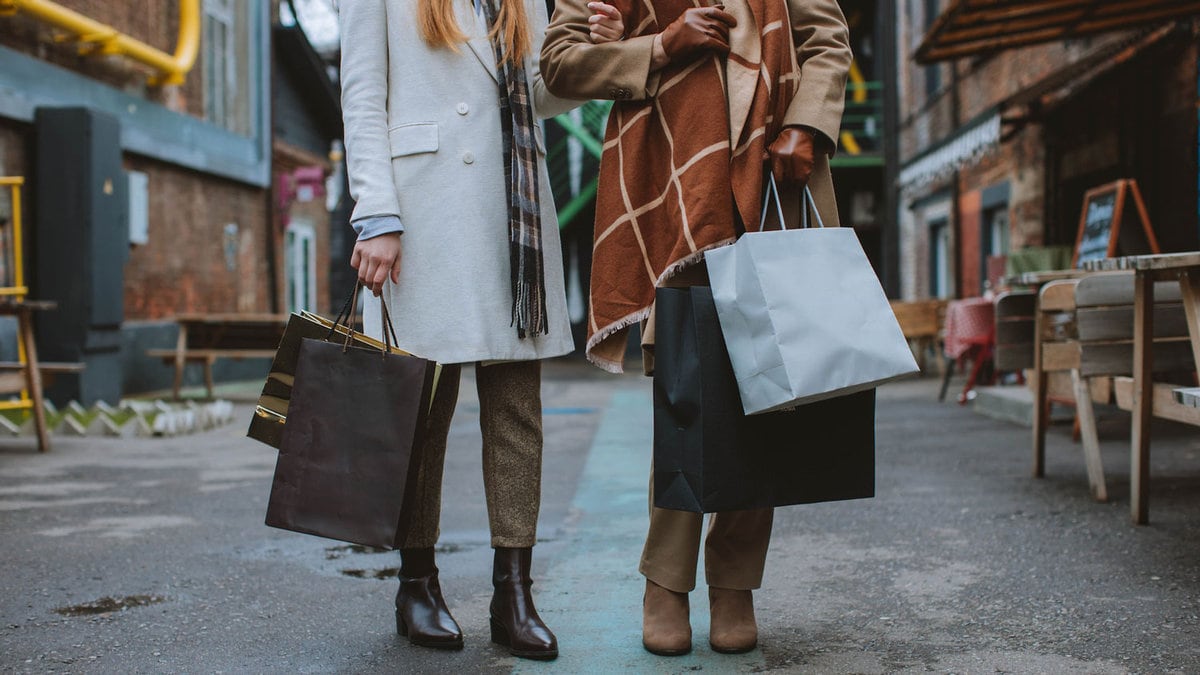How to use AI-Generated Art in my Digital Marketing efforts?
One of the new image AI-Generated Art generation tools uses a range of image repository websites and online references to create all new visuals.

DALLE is the most well-known of these new apps, while Midjourney has become popular in recent months, allowing users to create some startling visual artworks with virtually no effort at all.
Do you have the right to use the images you create in your content without fear of violating copyrighted material?
There are some provisos to consider, but right now it seems that you can.
Users of DALLE AI-Generated Art have the right to use their creations for commercial purposes.
Generations can be used for any legal purpose, including for commercial use.
You can sell your rights to the Generations you create and incorporate them into works such as books, websites, and presentations.
You can even sell the visuals you create, though most stock photo platforms are re-examining whether they will accept such for sale.
The ban on the uploading and sale of illustrations generated through artificial intelligence is due to:
Concerns with respect to the Copyright of outputs from these models and unaddressed rights issues with respect to the imagery, the image Metadata and those individuals contained within the imagery are some of the issues raised.
The source material for these depictions may not be licensed for commercial use, as part of the concern here.
That isn’t a definitive legal barrier.
The Verge explains it.
Stable Diffusion is trained on copyrighted images from the web, including news sites and stock photo sites. It seems that the output of the software is covered by the doctrine of fair use. Fair use doesn’t provide much protection to commercial activity like selling pictures and some artists have called for new laws to regulate this domain.
Many artists could be out of work as a result of the proposed restrictions on the use of these tools. It could take years before a legal consensus is established as to how to better protect artists whose work is sourced in the back-end.
There are questions over the technical process of creation and how that applies to legal protection. The US Copyright Office implied back in February that artificial intelligence can’t be copyrighted as an element of human authorship.
People cannot use the app to create, upload, or share images that are not G-rated or that could cause harm, according to the usage terms of DALLE.
The DALLE AI-Generated Art team encourages users to disclose the presence of artificial intelligence in their content.
DALLE AI-Generated Art has more guidelines.
Do not take pictures of people without their permission.
You don’t have appropriate usage rights when uploading images.
Images of public figures should not be created.
There could be further problems here. According to JumpStory, users of image generation tools should be careful when creating images with real people in them, as they may end up pulling in pictures of people’s actual faces.
The source images for the DALLE project are subject to the terms of use of the photo sharing website. It is possible that one of these tools could end up using a person’s real face, while re-creations of public figures could also be subject to defamation.
Don’t let the story go to waste. You can subscribe to the Social Media Today newsletter.
There is no true precedent to go on, so how such a case might actually be prosecuted is not clear. If you want to create images of people, there may be problems if you end up with a visual that resembles a real person.
Some level of clarity is provided by the statement that the image is artificial intelligence-generated. It is a safer bet to avoid depictions of people’s faces in your created images.
It is clear that violations of intellectual property are not acceptable.
We are going to find you and collect money from you if you violate someone else’s intellectual property. We may try to get you to pay our attorney’s fees. Don’t do it
While you can use these tools to create art, it’s important that you don’t create clearly derivative images. Please remember user discretion is recommended.
While these systems take elements from other visuals online, the actual image that you created has never existed until you created it, and is therefore not subject to copyright because your prompt is the original source.
At some point, the legal technicalities around such may change, and I think that at some point in the future, someone will hold an art show or sell a collection of art online which depicts significant elements of other artists’ work, and that will spark a new legal debate.
The documentation of the tools states that full use of the images created in them is fine.
It is worth checking with your own legal team to clarify your company’s stance on such before moving ahead.







